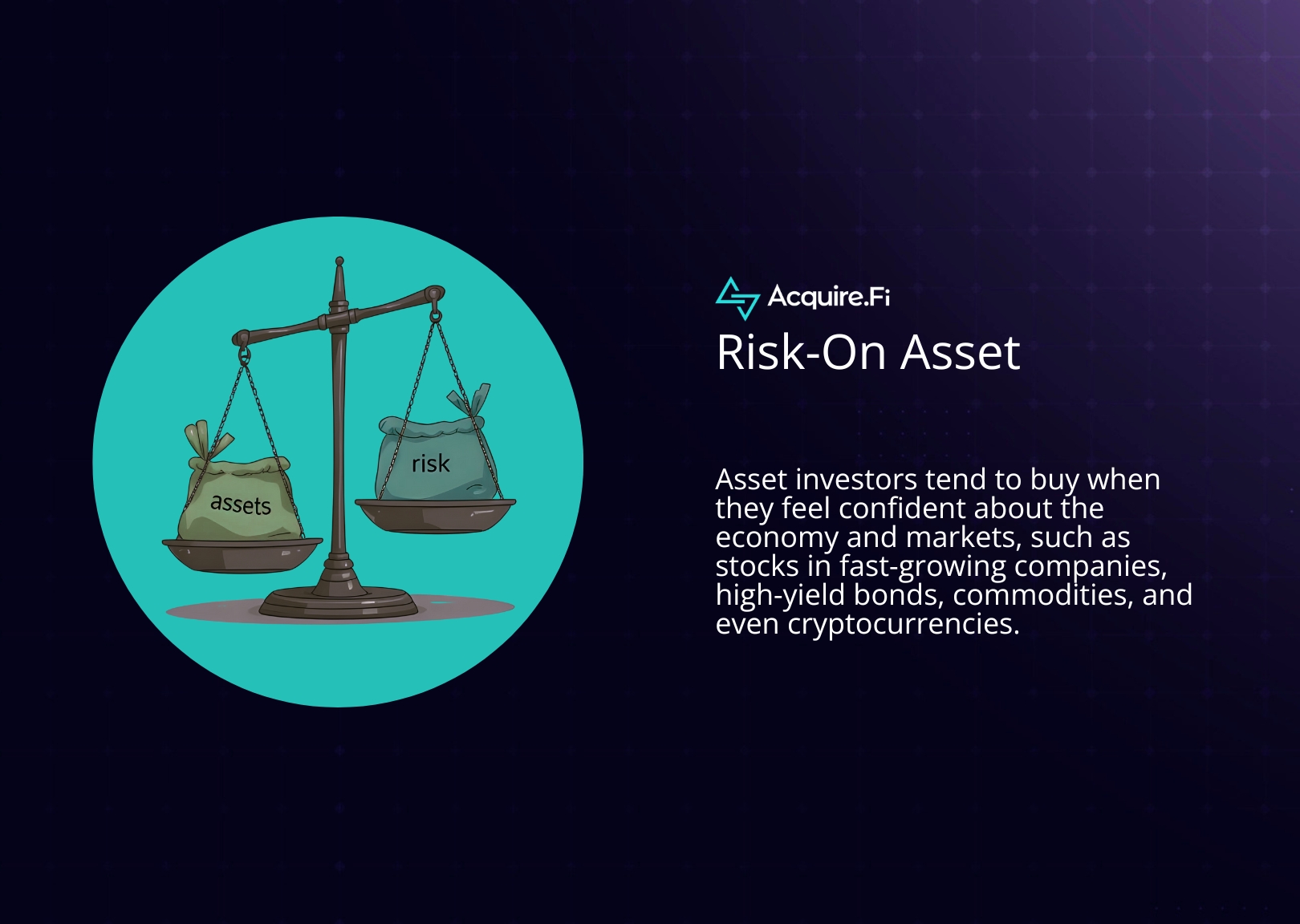Evaluating Exchange-Traded Funds (ETFs) and Types
In recent years, exchange-traded funds (ETFs) have emerged as popular investment vehicles. These investment funds are similar to mutual funds, but they are traded on stock exchanges like individual stocks. With more than 2,000 ETFs available in the market, it can be difficult for investors to evaluate the opportunities and select the most suitable ETFs for their portfolio. However, with an understanding of the basic concepts and factors, investors can make informed decisions when it comes to investing in ETFs.
Understanding Exchange-Traded Funds (ETFs)
What are ETFs?
An ETF is a type of investment fund that pools money from multiple investors to invest in a diverse portfolio of assets such as stocks, bonds, and commodities. The fund managers buy and sell the underlying assets to track a particular benchmark index, such as the S&P 500 or the Nasdaq 100 (QQQQ). The ETFs are traded on stock exchanges, with their prices changing throughout the day based on the value of the underlying assets.
ETFs have become increasingly popular in recent years due to their ease of use and flexibility. They offer investors a cost-effective way to gain exposure to a diversified portfolio of assets without having to buy individual stocks or bonds.
Types of ETFs
ETFs can be classified into different types based on their investment objectives:
- Equity ETFs: Invest in stocks of companies of the same market index, sector, or region. Equity ETFs are a popular choice for investors looking to gain exposure to a particular market or sector.
- Bond ETFs: Invest in fixed-income securities like government, municipal, and corporate bonds. Bond ETFs are a popular choice for investors looking for a steady stream of income and a lower risk investment option.
- Commodity ETFs: Invest in commodities such as gold, oil, or agricultural products. Commodity ETFs are a popular choice for investors looking to gain exposure to the commodities market.
- International ETFs: Invest in securities of foreign markets or regions. International ETFs are a popular choice for investors looking to diversify their portfolio and gain exposure to international markets.
- Style ETFs: Based on the investment style of companies, such as value, growth, or momentum. Style ETFs are a popular choice for investors looking to invest in companies with a particular investment style.
Benefits of Investing in ETFs
ETFs offer several advantages for investors, including:
- Diversity: ETFs invest in a diversified portfolio of assets, reducing the risk of exposure to a single asset or security. This diversification helps to minimize risk and volatility in an investor's portfolio.
- Liquidity: ETFs can be traded like stocks, providing investors with the flexibility to buy or sell them at any time of the trading day. This means that investors can quickly and easily adjust their portfolio to respond to changing market conditions.
- Transparency: ETFs disclose their holdings daily, providing investors with visibility into the assets they hold. This transparency helps investors make informed decisions about their investments.
- Low Fees: ETFs have lower expense ratios than mutual funds, making them an attractive investment option for cost-conscious investors. These lower fees can help investors keep more of their investment returns.
Overall, ETFs offer investors a cost-effective and flexible way to gain exposure to a diversified portfolio of assets. With their ease of use and transparency, ETFs have become an increasingly popular investment option for both individual and institutional investors.
If you want additional information about the benefits of ETFs, you can read the Exchange-Traded Fund (ETF) Pros & Cons, which goes into greater detail about both the advantages and disadvantages of ETFs.
Factors to Consider When Evaluating ETFs
Exchange-traded funds (ETFs) are becoming increasingly popular among investors, as they offer a diversified portfolio of securities at a lower cost than traditional mutual funds. However, not all ETFs are created equal, and investors should consider several factors before investing in an ETF. Here are some of the critical factors to keep in mind when evaluating ETFs:
Expense Ratios
One of the most critical factors to consider when evaluating ETFs is the expense ratio. An expense ratio is the annual fee charged by the ETF manager to maintain the fund. It reflects the fund's operating costs as a percentage of its total assets. Investors should consider the expense ratio of an ETF, as it can have a significant impact on their overall returns over time. A lower expense ratio implies that more of the returns are passed onto the investor, and less is absorbed by the fund's operating costs.
For instance, suppose you're investing in an ETF with an expense ratio of 0.05% and another ETF with an expense ratio of 0.50%. In that case, the first ETF will cost you $5 for every $10,000 invested, while the second ETF will cost you $50 for every $10,000 invested. Over time, these expenses can add up, eating into your investment returns.
Trading Costs
Investors should also consider the trading costs associated with buying and selling an ETF. The trading costs, including brokerage fees and bid-offer spreads, can vary significantly between different ETFs, and they can impact the total returns from the investment.
For example, suppose you're investing in an ETF that has a high bid-offer spread. In that case, you may end up paying more for the ETF than its actual market value, which can eat into your investment returns. Similarly, if you're a frequent trader, the brokerage fees associated with buying and selling ETFs can add up over time, reducing your total returns.
Tracking Error
Tracking error measures how closely an ETF's returns track the performance of the underlying benchmark index. A higher tracking error implies that the ETF's returns deviate significantly from the benchmark. Investors should look for an ETF with a low tracking error, as it indicates that the ETF is closely tracking the benchmark index.
For instance, suppose you're investing in an ETF that tracks the S&P 500 index. In that case, you want the ETF to closely track the returns of the S&P 500 index. If the ETF has a high tracking error, it may not provide the returns you're expecting, which can impact your investment goals.
Liquidity
Liquidity is a crucial factor to consider when evaluating ETFs. A highly liquid ETF would have lower bid-ask spreads and allow investors to buy and sell units easily, with minimal impact on the market price. Similarly, a low liquid ETF may be challenging to sell, as it may not have enough buyers or sellers in the market.
For example, suppose you're investing in an ETF that has low liquidity. In that case, you may have to sell the ETF at a lower price than its actual market value, which can impact your investment returns. Similarly, if you're investing in a highly liquid ETF, you can buy and sell units easily, which can help you take advantage of market opportunities.
Tax Efficiency
Investors should also consider the tax implications of investing in ETFs. ETFs are generally more tax-efficient than mutual funds, primarily because of their unique structure. ETFs can handle redemptions in-kind, which reduces any capital gains tax liabilities on the fund's underlying assets.
For instance, suppose you're investing in a mutual fund that has a high turnover ratio. In that case, you may end up paying a significant amount of capital gains taxes on the fund's underlying assets, reducing your investment returns. However, if you're investing in an ETF with a low turnover ratio, you may not have to pay as much in capital gains taxes, which can help you maximize your investment returns.
Overall, investors should consider several factors when evaluating ETFs, including expense ratios, trading costs, tracking error, liquidity, and tax efficiency. By keeping these factors in mind, investors can make informed investment decisions and build a diversified portfolio that meets their investment goals.
Analyzing ETF Performance
Exchange-traded funds (ETFs) have become increasingly popular among investors in recent years. They offer a low-cost way to gain exposure to a specific market or sector. However, when selecting an ETF, it's essential to analyze its performance to ensure it aligns with your investment objectives. Here are some key factors to consider:
Historical Returns
Historical returns indicate how an ETF has performed over a specific past period. However, investors should remember that past performance does not guarantee future returns, and they should analyze the underlying factors that drove that performance.
For example, suppose an ETF has generated high returns in the past due to a specific market condition that is unlikely to repeat itself. In that case, it may not be the best investment option for the future.
Therefore, it's essential to analyze an ETF's performance over multiple periods and compare it to its benchmark index to get a better understanding of its historical performance.
Risk-Adjusted Performance Metrics
Investors should look beyond raw returns and consider risk-adjusted metrics when assessing an ETF's performance. These metrics take into account the level of risk associated with the returns generated and provide a better indication of the true value an ETF provides.
One commonly used risk-adjusted metric is the Sharpe ratio, which measures an ETF's excess return per unit of risk. A higher Sharpe ratio indicates better risk-adjusted performance.
Other risk-adjusted metrics include the Sortino ratio, which focuses on downside risk, and the Treynor ratio, which measures an ETF's excess return per unit of systematic risk.
Benchmark Comparisons
Analysing an ETF's performance in comparison to the benchmark index it is tracking can provide insights into the fund manager's performance. A well-managed ETF should closely track its benchmark index and deliver returns on par with it.
However, it's essential to note that some ETFs may deviate from their benchmark index due to factors such as fees, taxes, or liquidity. Therefore, investors should analyze an ETF's tracking error, which measures how closely it follows its benchmark index.
Portfolio Diversification
Finally, investors should consider how an ETF fits into their overall portfolio. A well-diversified portfolio should have a mix of assets that complement each other, and investors should select an ETF that aligns with their investment objectives, investment horizon, and the risk level they're willing to take on.
For example, if an investor has a high-risk tolerance and is looking to invest in emerging markets, they may consider an ETF that tracks a broad-based emerging market index. On the other hand, if an investor has a low-risk tolerance and is looking for stable income, they may consider an ETF that tracks a bond index.
Overall, analyzing an ETF's performance requires a comprehensive evaluation of various factors, including historical returns, risk-adjusted performance metrics, benchmark comparisons, and portfolio diversification. By considering these factors, investors can make informed decisions and select ETFs that align with their investment objectives.
Wrap Up
Investing in ETFs can provide exposure to a wide range of asset classes and can be an excellent addition to an investor's portfolio. Knowing how to evaluate the opportunities and select the right ETFs for a portfolio can be a daunting task, but by considering the factors highlighted in this article, investors can make informed decisions, and construct well-diversified and low-cost portfolios.













.webp)